is this Aluminum wiring?
82mkc
9 years ago
Related Stories
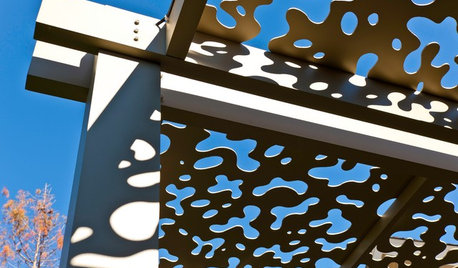
PATIOSPatio Details: A Custom Aluminum Arbor Cools Things Down in Texas
Panels in the roof have leaf pattern cutouts that create dappled shade and a calm, relaxed ambience
Full Story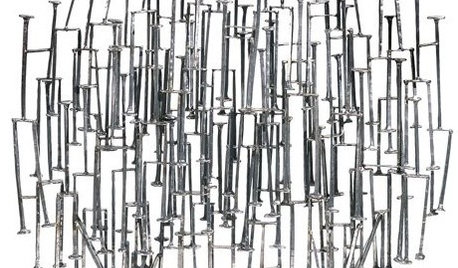
PRODUCT PICKSGuest Picks: Wonderful Wire
Use the strength and versatility of modern and vintage wirework to bring creativity to your home
Full Story
MATERIALSAn Architect Shares His Go-To Materials
Aluminum doors, porcelain tiles, polished concrete. Here are the features and finishes this professional returns to time and again
Full Story
HOME TECHTote Your Tunes to Any Room With a Portable Wi-Fi Sound System
Free your home's music setup from wires with Wi-Fi speakers that let you take high-quality audio anywhere
Full Story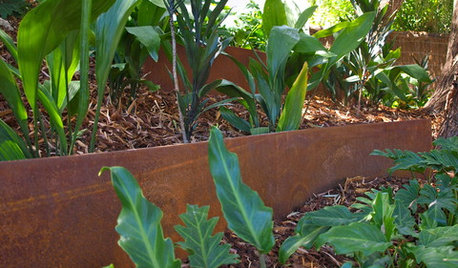
LANDSCAPE DESIGNGet an Edge: The Best Border Material for Your Garden
Do you want garden edging made of stone, concrete, metal or wood? Here are things to consider when choosing
Full Story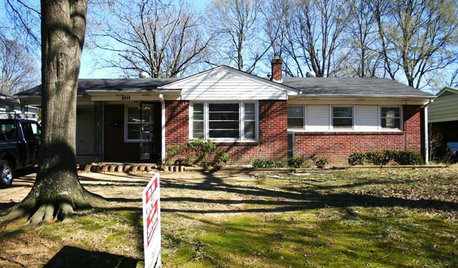
REMODELING GUIDES5 Ways to Protect Yourself When Buying a Fixer-Upper
Hidden hazards can derail your dream of scoring a great deal. Before you plunk down any cash, sit down with this
Full Story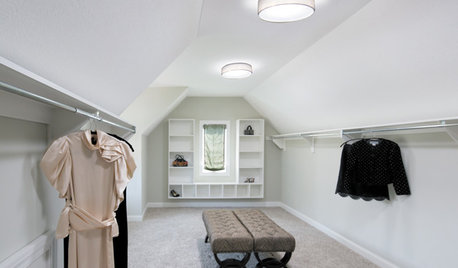
GREAT HOME PROJECTSHow to Add a Skylight or Light Tube
New project for a new year: Increase daylight and maybe even your home’s energy efficiency by opening a room to the sky
Full Story
REMODELING GUIDESConsidering a Fixer-Upper? 15 Questions to Ask First
Learn about the hidden costs and treasures of older homes to avoid budget surprises and accidentally tossing valuable features
Full Story
INSIDE HOUZZHow Much Does a Remodel Cost, and How Long Does It Take?
The 2016 Houzz & Home survey asked 120,000 Houzzers about their renovation projects. Here’s what they said
Full Story
MOVINGHiring a Home Inspector? Ask These 10 Questions
How to make sure the pro who performs your home inspection is properly qualified and insured, so you can protect your big investment
Full StoryMore Discussions






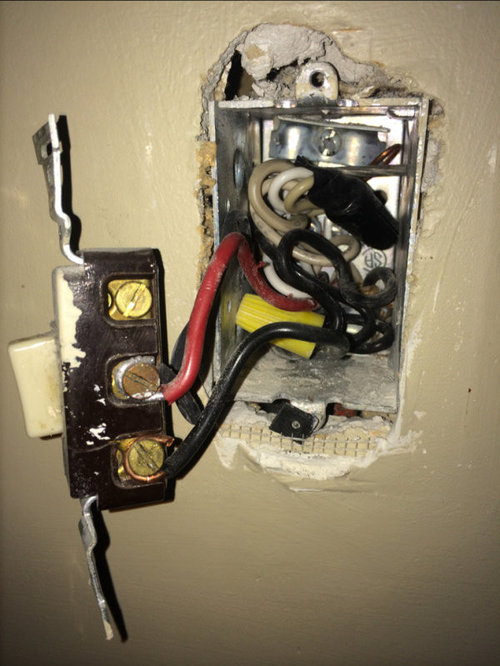



bus_driver
82mkcOriginal Author
Related Professionals
Galena Park General Contractors · Arlington General Contractors · Brighton General Contractors · Hampton General Contractors · North Lauderdale General Contractors · Selma General Contractors · Tabernacle General Contractors · Vincennes General Contractors · Muscoy Solar Energy Systems · Chanhassen Solar Energy Systems · Chino Hills Solar Energy Systems · Rosamond Solar Energy Systems · Asheville Home Automation & Home Media · Glendale Heights Home Automation & Home Media · Oak Hill Home Automation & Home MediaRon Natalie
bus_driver
klem1
kudzu9
Ron Natalie
82mkcOriginal Author
82mkcOriginal Author
82mkcOriginal Author
w0lley32
bus_driver
Ron Natalie
joefixit2
Ron Natalie
joefixit2